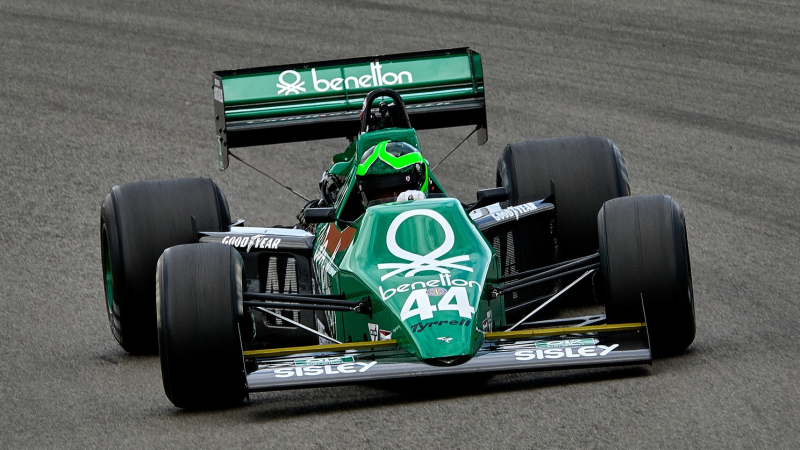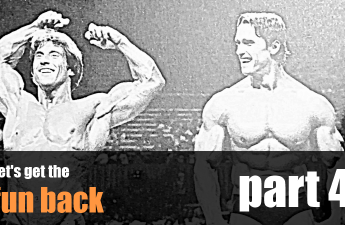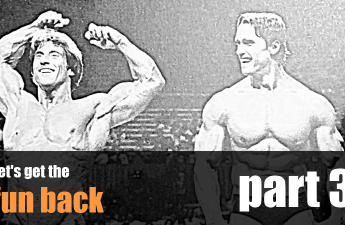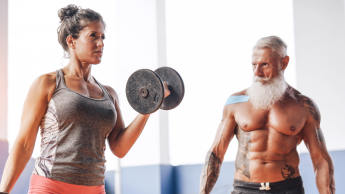Does it make sense for recreational athletes to follow what competitive athletes do? Is it useful to design one’s own training so that it is similar to that of a competitive athlete? In search of a suitable guide.
Learning from the very best?
Let’s assume that a driver with just one year of practice wants to expand his knowledge and improve his skills in order to be prepared for critical situations on the road. All right, he is no longer a beginner and can probably call himself an advanced driver. Who should he turn to? To an experienced professional from the Formula 1 circuit? Because these drivers are the very best in their field? And because it would be wise to learn only from the very best? Advertising always claims: the best, or nothing.
This approach sounds good at first, but on closer inspection it is questionable. What would it do for the driver, who is at best slightly advanced, to deal with topics and methods that are based on years of experience? Wouldn’t he try to skip some stages of his individual development? But exactly these stages could then be missing in his own development – because nothing replaces own experiences.
What helps Mr. Olympia is also good for you?
Similar situations exist in our sport: slightly advanced athletes try to copy the training of reigning professional champions. The logic behind it: If I do the same as my idol, then I will soon look like him. But is that really the case?
The training that such a professional does now is NOT the training that made him what he is today. So how useful can it be to try to copy the current workout of a competitive athlete?
Always the same?
And besides, the fundamental question arises whether there is such a thing as a patent recipe for a good and effective build-up training. Doesn’t far too much depend on the individual physical and mental characteristics of the trainee? And isn’t it always a matter of varying the workout by changing the exercises completed?
There’s no question about it: you quickly end up with the topic of a personal trainer or coach. However, this variant is not feasible or desirable for every recreational athlete for a variety of reasons.
A digital advisor?
For quite some time now, the market has been offering more and more tools and apps via the Internet that are supposed to be helpful for training. What are we to make of this? Can such programs be a substitute for learning from other people?
First of all, computer programs (and apps are nothing else) can definitely do one thing better than humans: calculate. And they do it quickly. This means that a digital tool could help the user in his learning process – it doesn’t have to incapacitate him by immediately taking all the decisions away from him.
The combination man / machine
So how about a good team of humans and computers? A team in which each does what they do better: the computer calculates things that make sense to calculate, and the human does the intuitive viewing of the result and the final decision-making? This combination is the basis for the online tool myTRS, which provides guidance for the user’s training decisions.
Since myTRS is based on the philosophy of regeneration-based build-up training, the user is focused on the load and recovery processes of his different muscle groups. And this gives the user the opportunity to get to know his own body better, step by step.
myTRS determines the current load and recovery level of the previously trained muscles in order to suggest exercises for the next workout on this basis. Seen in this light, the online tool is one thing above all: a tool for those who train that encourages them to think for themselves and thus promotes individual development – without the mistaken belief that they have to imitate the training of world champions.



